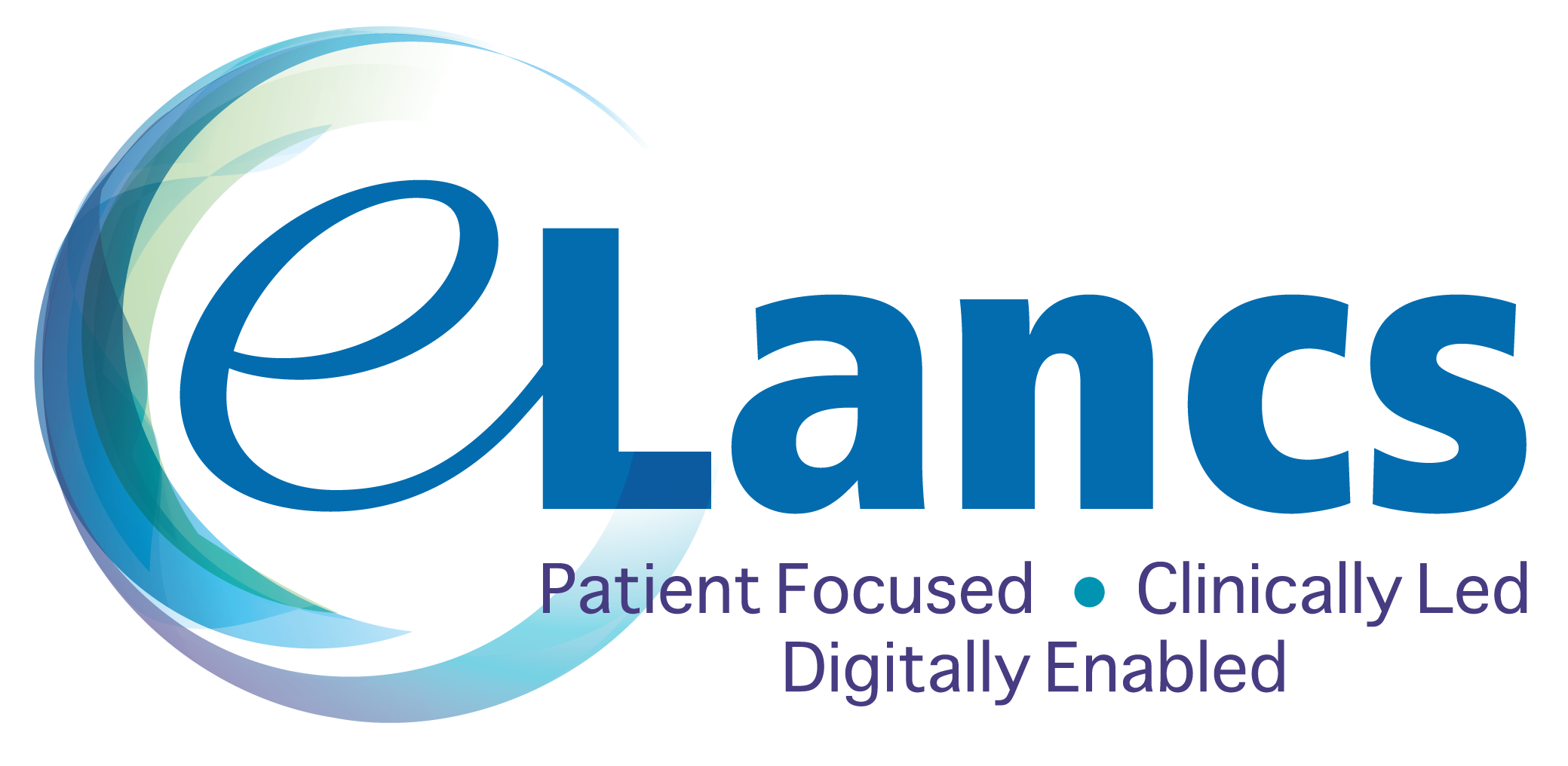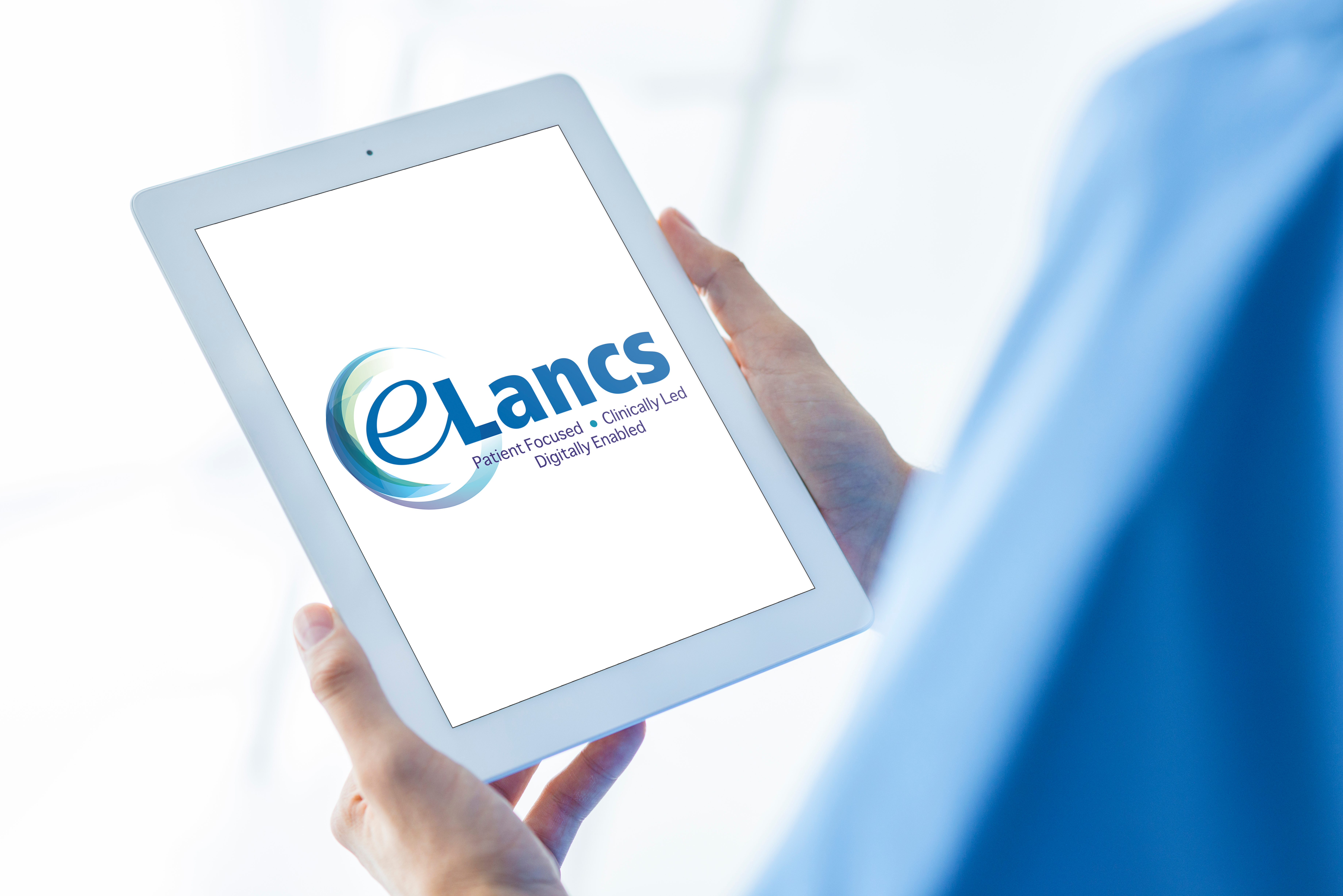
Over the coming weeks and months, the Trust will begin to implement one of the biggest programmes on the horizon: an electronic patient record (EPR).
Whilst it might sound simple, it has the potential to completely transform the way we work, with vast benefits for both colleagues and patients and their families.
In East Lancashire Hospitals NHS Trust the programme will be known as ‘eLancs’ and is designed to improve patient care across the health and social care system in the area by replacing paper-based notes and records with a new suite of digital tools and technologies. The programme is patient focussed, clinically led and digitally enabled.

These will be introduced over the coming months across hospital services and community care in Blackburn with Darwen, Burnley, Pendle, Hyndburn, the Ribble Valley and Rossendale, but really big changes are scheduled in Autumn 2022 when a new electronic patient record system will go live in hospital settings.
This will provide clinicians with more information at their fingertips to make better, more effective decisions. They’ll have automatic access to decision support tools, meaning their decisions will be made based on the best available information. They will be able to take information from many sources. It makes us more efficient and create a smoother care journey for our patients. It will enhance communication across clinicians and teams, reduce duplication and reduce some of the data collection burdens from people by capturing some things automatically.
Paper records will be replaced by digital records and there will be new ways of working introduced to take advantage of this digital approach. It will make a number of administrative tasks easier to manage as information will flow around the organisation more easily.
eLancs is about transforming the way care is delivered to ALL our patients who will have an enhanced experience. I must stress that this is NOT an IT project but about clinical and operational transformation. Colleagues across the organisation will be delivering the change and then working differently within the system. It’s something everyone needs to be aware of as user of the NHS.
I am confident the implementation of the eLancs EPR will also dramatically improve patient care across East Lancashire by helping us to get the right care to the right people at the right time.
All patient information will be available electronically, on screen, at any hospital location, at any time. That will bring a host of benefits for staff and patients and the information will be more accurate and up to date. In turn this means improved care outcomes and quality of our services.

There is no doubt in my mind that this will improve the experience for patients, who will only have to tell their story once, rather than being asked for the same information at every point in their care journey.
They will be safer too as the Electronic Patient Record will flag up things like allergies and past interventions. These changes will also allow patients to engage with their care much better and strengthen the partnership between them and clinical services.
In essence, switching over from a system where bundles of paper notes follow a patient around physically from setting to setting to a digital one will mean the Trust is better able to provide quality and care for the people of East Lancashire. We can have greater confidence in the system.
This transformation in completely aligned to our aspirations so clearly seen in the Trust Values — Safe, Personal, Effective.
- The Trust will be safer for patients
- It will be more personal because we will have the right information
- It will be more effective because we will be using the most up to date information
And lastly, some real tangible benefits:
- The EPR will reduce the need to log into multiple systems and replace lots of systems with one
- This will capture info on every patient in a single place making it easier to see vital information, rather than waiting for paper records to be tracked, found, and delivered
- Clinical communications tools will be linked to phones and other devices, meaning records can be accessed much more easily
- And, rather than just paging someone, you can send them information about the patient which means you improve the communication and get decisions made much more quickly
- Nursing assessments will be captured on devices that go straight onto the Electronic Patient Record, reducing admin time and improving care plans
- Communication between a doctor, a nurse, a physiotherapist, or an occupational therapist about a patient’s care can be much better coordinated
- We will be able to capture a patient’s observations (like blood pressure, pulse, respiration rates, temperature etc) using hand-held devices
- A digital replacement for the bleep system which will contain far more information will also be introduced.
- Upgraded infrastructure is being deployed across the organisation to support the programme
One of the core features of the Electronic Patient Record system is Electronic Prescribing, which means when a doctor prescribes something for a patient it can be seen by other clinicians. The tool also offers advice on what the best thing to prescribe is. They can make clinical, prescribing, and treatment decisions based on a complete information set. The EPR’s built-in intelligence means that if someone tried to prescribe drugs that the patient may be allergic to or would interact with other drugs, pharmacy prescribing software would tell you that.
It will help coordinate patient flow and support effective scheduling in operating theatres, outpatients and other areas. Information from other systems will be available within the Electronic Patient Record, reducing the need to log into multiple systems.
I personally feel tremendously excited about the opportunity we have in delivering the eLancs EPR which is so clearly about improving patient care by using a new suite of digital tools and technologies. I know NHS data is a topical talking point and I want to end by reassuring you that the Trust doesn’t and won’t share data and this approach is both safe and secure.
I will keep you posted as this project develops and I hope you will get involved, particularly as a colleague, in helping us to deliver this as quickly and effectively as we can.
Thanks,
Kevin McGee
Chief Executive ELHT


